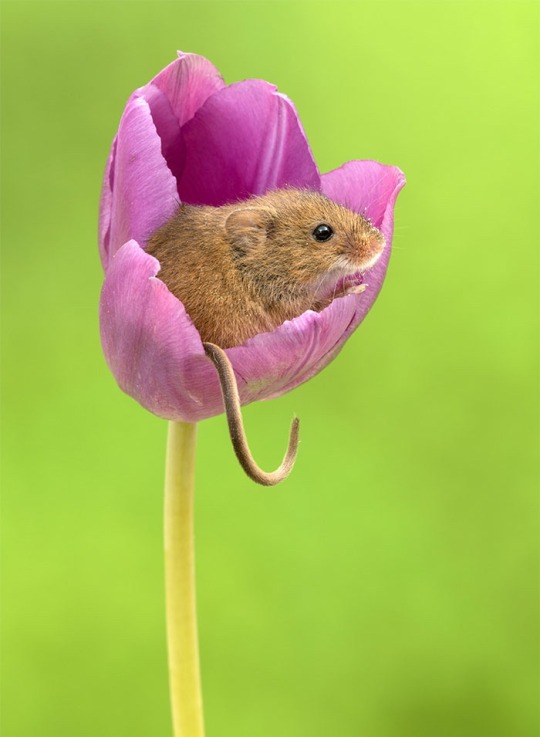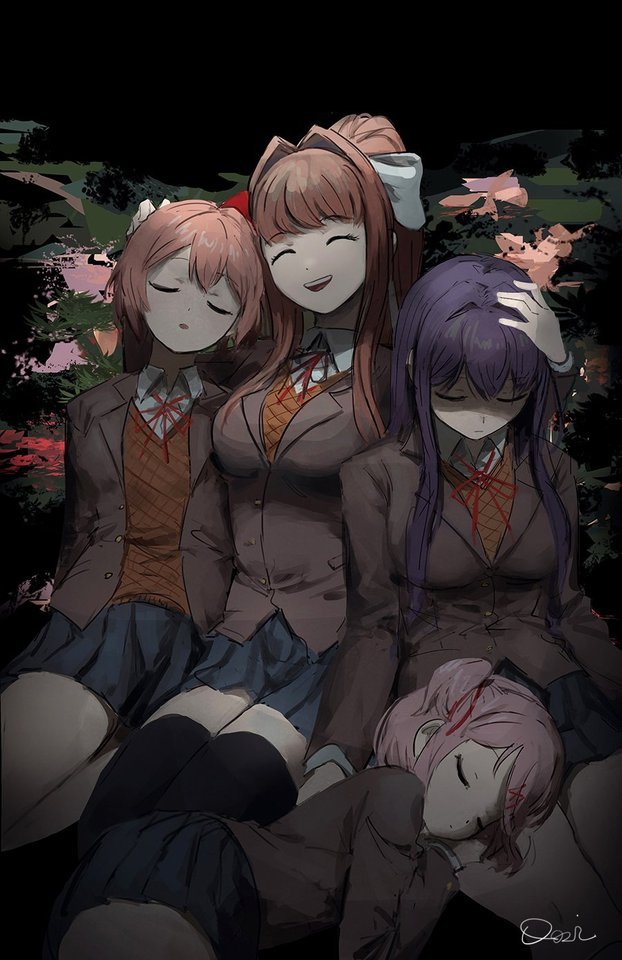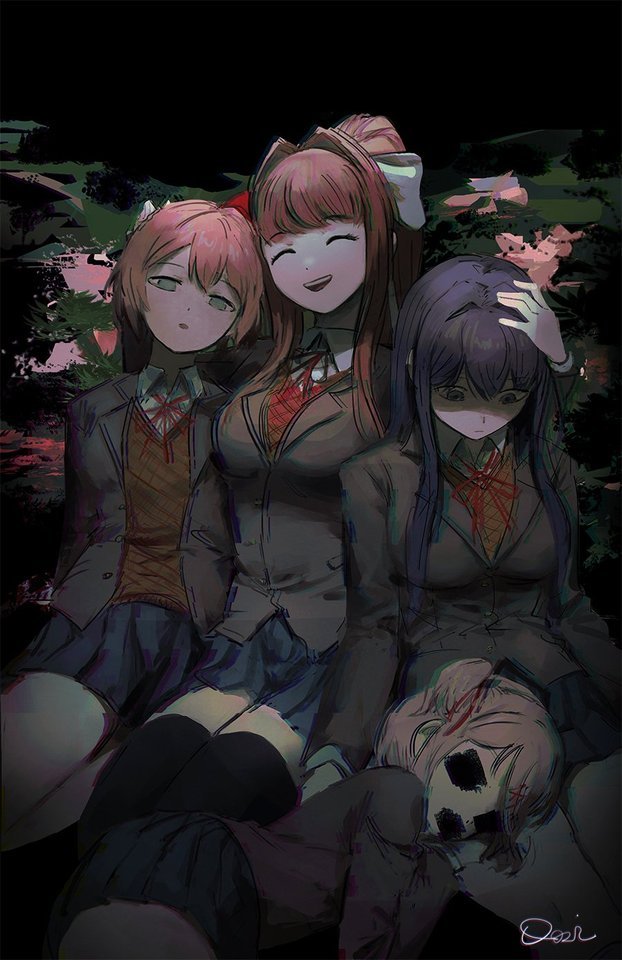Note
If you're still answering asks, can I ask how you color and render. I can do line art just fine but when I try to color it just doesn't work for me??? I know brushes don't matter but I don't know what I'm doing wrong
Hey Anon! I totally feel you, to be honest I am in the exact same boat. I feel 150% confident with line art but once I have to go in for color, suddenly the whole drawing looks off. I’m not sure I can give you the advice you need since I don’t have any examples of your work and I am also not so great with color, but I can definitely give you some tips on what I’ve learned so far! <3
When I want to do a drawing with background I usually start out with a quick sketch of the overall composition, making sure it looks appealing enough. I keep in mind the local (natural) color of everything I sketched, such as clothes, hair, buildings etc. From there I try to figure out the lighting, such as: what is the light source and what direction is it coming from. The light is what affects the color palette of the scene, so it’s always important for me to figure that out first (unless I want the drawing to ignore light and shadow, then I’d only worry about picking appealing colors that sit well next to each other).
I’ve blabbered about this before bahaha but I found that my coloring has improved after better understanding how color changes under the influence of different light sources. Using photo and real life references helps so much! Cold source light (blue, moonlight) = cold highlights and warmer shadows. Warm source light (orange, sunlight) = warm highlights and cooler shadows. Once I’ve sorted out the “temperature” of the light source, that’s when I go in and start blocking in the color based on both the object’s local color and where the light is hitting it and where shadows are created. This is done with an opaque brush though, because I don’t want the canvas to influence my color choice. After everything has been sketched in I start going in for cleanup and blending with a more transparent brush, which gives a softer transition between the light and shadow. The harsher the light, the less transition and the bigger the contrast. If it’s overcast, the shadows become very subdued and you’d want the colors to look a lot less saturated. Here’s a cup example of the color process with a strong warm and low light source:

The last step I put more details, ditching some of the line art, and add in reflective light (blue) in the shadows from the surrounding environment. Sorry I was so long winded! It’s very hard to explain in words concisely how I color because it’s mostly a thought process haha… TL;DR study how light affects color in real life! Get comfortable picking colors you like. And brushes DO matter, coloring is so much easier with the right brush. They give you different textures that can make a real difference in a drawing. Experiment with lots and figure out which ones you enjoy using most!
2K notes
·
View notes
Text
sometimes harvest mice sleep in tulips. here are some that will make you happy



thanks. Have a great day
253K notes
·
View notes
Photo



Oni. 31/08/17
7 notes
·
View notes
Photo

Kaii Fukumoto, the main character of my story. 30/08/17
1 note
·
View note
Photo

Kirby! 🌠 Character belongs to Nintendo.
30/08/17
11 notes
·
View notes
Text
How to get straight A’s in college. Seriously.
Yes, even if you’re taking the maximum credit load. Because if I can do it, you can do it too. Note: My credit load also included a handful of honors courses.
Side-note: I’m going to be a junior (how??) and an RA (!!!) in the fall. Life moves fast. College moves faster. Anyways,
Here are my top tips:
1. LOOK AT THE SYLLABUS AND WRITE EVERYTHING DOWN. This is step number one, and it’s not up for debate. If you do this, there’ll be no surprises, and if there are: point it out to the professor (a simple, ??? this wasn’t on the syllabus ??, usually works). Also, you have to check and see what constitutes as an A in that class. Sometimes it’s a 90, sometimes it’s not. (a 96 was an A- in one of my classes last semester. I’m so serious.)
2. Get a calendar. Not a planner. One of those giant calendars with puppies or something on it and write down everything you have to do for the month. Put it above your desk. This helps A LOT because you can see everything you have coming up for the next few weeks, instead of jus playing it day-by-day.
3. It is OK to use ratemyprofessor. Sometimes it can be really helpful, but pay attention to the more in depth reviews that talk about what the homework, tests, quizzes and projects are like (instead of “her lectures are boring :///)
4. Sit in the front of your class. You’ll be more likely to pay attention and less likely to scroll through instagram. (by the way, mine is @parissdb :) It also grabs your professors attention, so even if you’re shy, they’ll at least know your face.
5. Do that extra credit. A lot of professors offer it in the beginning of the semester, and hardly anyone does it because no one’s thinking past tomorrow. It may be what saves you in the long run.
6. Figure out your best method of note-taking. For me, it’s good ol pen and paper. It helps me remember everything. Some people prefer typing it out. This is beneficial bc it makes it easier for you to find exactly what you’re looking for. (Thank you, command + F)
7. Put your effort into the percentages. If an assignment is worth 1% of your grade, do it well, but don’t exhaust yourself. It’s 1%!!!! If it comes down to it, spend more time studying for that exam that’s worth 30% than the group project worth 20.
8. Please. Stop studying what you already know. We’re all guilty of it. It makes you feel better knowing you have chapters 1-3 down, even if you don’t know 4-7. The key to studying is to learn what you don’t know.
9. Learn how to study. (Yes, it’s actually a skill that has to be learned.) I’m the biggest procrastinator I know, especially when it comes to studying. But I’ve found that studying 2 days before an exam usually does the trick for me. I create a master study guide during day 1 and study it all on day 2. Depending on what time the exam is, I may review on the morning of day 3.
10. SAVE SOME TIME FOR FUN ffs. Seriously. You don’t have to study 24/7, and I don’t know about y’all but my attention span was not built for that.
I might add more to this later, or make another post because I could give these tips for ever and ever. But hopefully this helps someone out there.
Be sure to check out my college tab here:(http://thesoontobenewyorker.tumblr.com/tagged/college) and follow me on instagram @parissdb (https://www.instagram.com/parissdb/) for more stuff. :)
22K notes
·
View notes
Photo

Introducing my dadsona, Derek Evans! He appears tough and intimidating to others but he’s actually a sweetheart!
01/08/17
2 notes
·
View notes
Text
New Artist Name!
Hey guys! Just wanna let you know that I won't be koditama anymore, though my art with the koditama signature still belongs to me! From now on, I'll be 'kodii'. I hope you'll look forward to my many other works as kodii from now on!
0 notes
Photo

(12th July 2017)
My Octoling OC, Caspian! He gets called Casper/Cas. I had fun drawing this dork 💛💛💛
Edit: koditama is now my old artist name. From now on, I'll be known as kodii.
40 notes
·
View notes
Text
pretty space words
aphelion - the point in the orbit of a planet, asteroid, or comet at which it is farthest from the Sun. astral - relating to or resembling the stars. caldera - a large volcanic crater, especially one formed by a major eruption leading to the collapse of the mouth of the volcano. celestial - positioned in or relating to the sky, or outer space as observed in astronomy. constellation - a group of stars forming a recognizable pattern. cosmos - the universe seen as a well-ordered whole. equinox - the time or date at which the sun crosses the celestial equator, when day and night are of equal length. faculae - bright patches that are visible on the Sun’s surface. lunation - the interval of a complete lunar cycle, between one new Moon and the next. interstellar - occurring or situated between stars. nebula - a cloud of gas and dust in outer space, visible in the night sky either as an indistinct bright patch or as a dark silhouette against other luminous matter. perihelion - the point in the orbit of a planet, asteroid, or comet at which it is closest to the Sun. synodic - relating to or involving the conjunction of stars, planets, or other celestial objects.
186K notes
·
View notes


